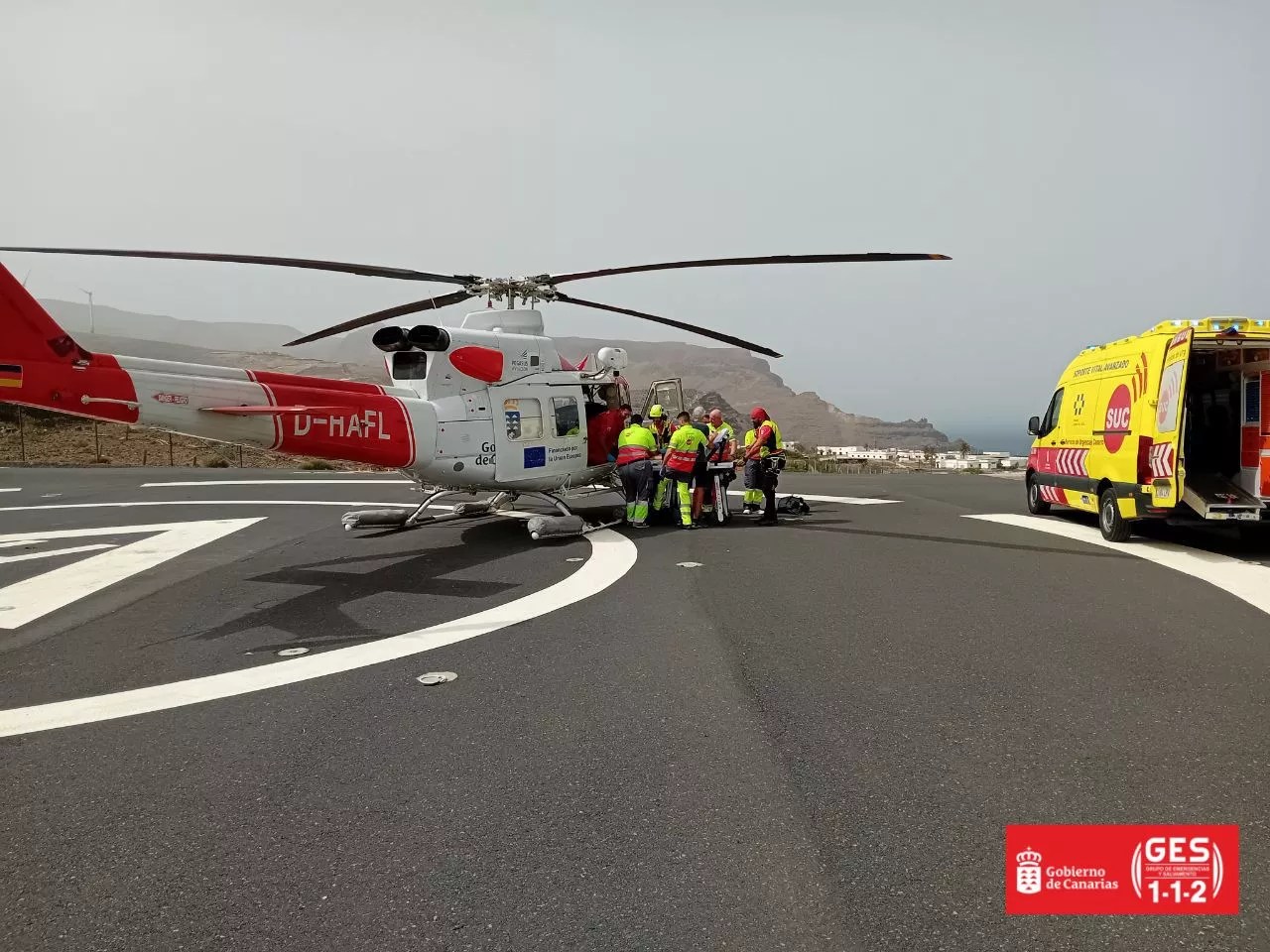The reality of both metropolis of the Canary Islandsthis is, The Gran Canarian palms–telde and Santa Cruz de Tenerife-La Laguna -which can, and should be extended to the municipalities of saint brigidEl Rosario, Tegueste and Candelaria-, it should be approached from a double perspective: the function of the metropolis with reference to the island as a whole and that of insertion nuclei in the international economy.he. Both perspectives offer a starting point to study the characteristics of the population that resides in them and detect the combination of variables that families use to decide where to locate their residence.
It is evident that this combination of variables implies an extraordinary complexity of analysis that goes beyond the scope of this article. We will only refer then to the information of the first results, recently published by the National Institute of Statistics, which partially exploits the 2021 population and housing census.
International economy
The population weight of the nuclei of the metropolises are the result of the particular insertion of the islands in the international economy. the palms of Gran Canaria before and Santa Cruz de Tenerife later, acquired their pre-eminence in the respective islands due to their status as coastal cities, entry and exit gates for people and goods, and centers of exchange with the rest of the island territory. This is, they are Atlantic metropolises. They are coastal cities that grow demographically because they are ports open to international trade: the islands import a wide variety of goods and export goods and services.
Therefore, in the surroundings of the ports, the population that offers its workforce in service activities and, later, in the incipient industry, locates its residence. Tradesmen and workers accustomed to managing external and internal relations, with sufficient training and information, for whom the international insertion of the islands is their livelihood.
differences
There is a fundamental difference: La Laguna retains for centuries a relevant weight in the tenerife island. There is a political-administrative division that does not occur in Las Palmas de Gran Canaria. In addition, in La Laguna there is an agrarian weight that distinguishes it from the case of Gran Canaria.
But, in the sixties of the last century a change of extraordinary consequences took place. The Stabilization Plan of the Spanish economy of the year 1959 opens the economy to the outside after the period of autarky after the Civil War. Gran Canaria and Tenerife are especially well equipped to take advantage of the new economic strategy. Environmental factors acquire the condition of absolute advantage in the process of a new scheme of international insertion, which does not deny the previous one, but rather complements it. In this way, the metropolises become more complex as new economic activities are located in them and population flows from the island, from other islands and the continents.
Growth
It is obvious that the population located in the metropolises has grown since the last third of the 20th century. Over time, the population centers have spread where the orography has reasonably allowed and beyond. In Las Palmas de Gran Canaria, the existence of the upper town and low is an obvious fact. In Santa Cruz de Tenerife, the limitation to the extension of the city by Anaga, has promoted the occupation of land towards La Laguna and the west.
Regarding Las Palmas de Gran Canaria-Telde-Santa Brígida, people with high incomes, mainly directors and managers, technicians and scientists, are located in the broad nucleus that goes from Garden City to vegeta and extends to the lower density zone of El Cardón; a second zone of smaller dimension is located in seven palms. The third zone is also very extensive and includes tafira and Santa Brígida; the fourth is located in Telde, one in the surroundings of the Majadilla and another separated from the first, which includes Playa long hairTaliarte Man’s Beach, and its surroundings; finally, the wide area of El Acebuchal, The miraculousand Corcobado.
high rents
In the Santa Cruz de Tenerife-La Laguna-El Rosario-Tegueste area, the places of residence of high-income families, who correspond to the same occupations, can also be located with some ease. In the foreground, the area that surrounds the García Sanabria Park and the coastline that continues to the coastline of El Rosario; an intermediate area between Santa Cruz de Tenerife and La Laguna, known as Villa Benítez and Vistabella; Guamasa, which was a traditional place for second summer residences, is currently one of first residences; and Tegueste, which has become a place of residence for professionals.
Families with occupations in which medium and low incomes predominate have been locating themselves in areas of the nearby municipalities or on the periphery.
Some additional information should be remembered. According to information from the State Tax Agency, Santa Brígida is the municipality with the highest average disposable income in the Canary Islands, followed by El Rosario, Las Palmas de Gran Canaria and Santa Cruz de Tenerife. Tegueste occupies the fifth position, La Laguna the twelve and Telde the twenty-first.
four patterns
Thus, one can distinguish four localization patterns: a) The traditional history on the coast and the centers near the ports of the metropolitan areas, which concentrate a significant part of the population that occupies high and medium levels in the employment hierarchy, following the pattern of location and diversification of activities economic; b) the desire of high and medium-income families, or those with jobs with facilities to obtain credit, who seek individual environmental conditions, which leads them to locate themselves in the periphery; c) the demand derived from population growth and labor mobility; d) the effect of dispersion of the population, outside the traditional coastal centers, which produced a new component of international insertion such as activities related to tourism.
















